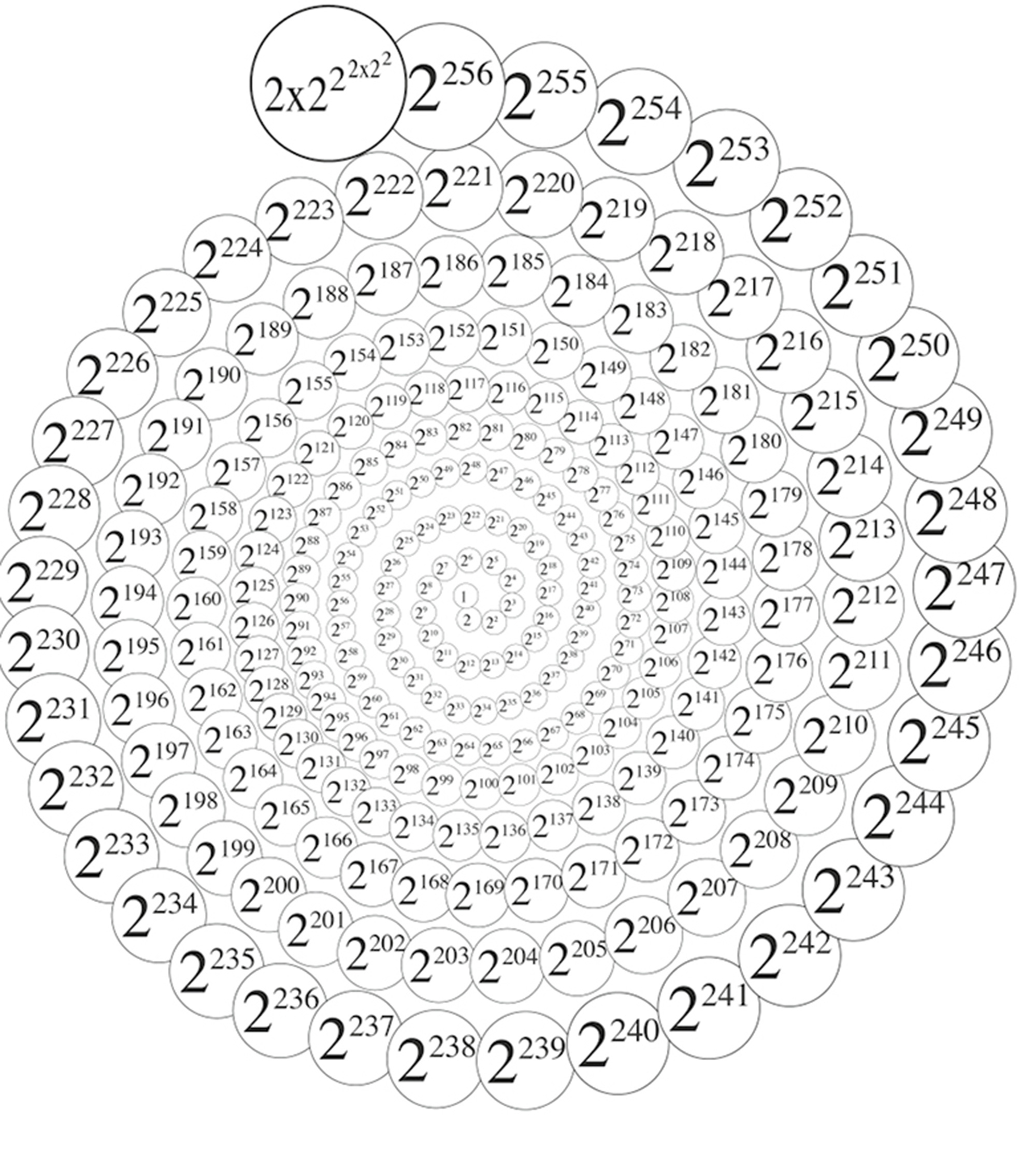Day Four
Circlon synchronicity
Margaret Wertheim
This contribution to Cabinet’s “24 Hours” issue was completed in Los Angeles, California, in 13 hours, 30 minutes.

Time seems the most fundamental of constructs, a quality of being that can neither be ignored nor contained, and its calibration is naturally a cosmological concern. Where traditional units of space derive from the human body—the self-evident “foot,” and the ”yard,” which approximates the length of a man’s arm—our measures of time are taken from the universe; the “year” from the orbit of our planet, the “day” from its rotational period. The structuring of time provided by the spinning earth provides the first order of our being, setting not only our bodily clocks but configuring our very psyches. We are first and foremost diurnal animals. No wonder then that the day has served to calibrate the progress of creation; it is a handy, manageable unit though which we can dream of framing the ultimate unfathomable act.
In Judeo-Christian cosmology, Yahweh is said to have created the world in six days, using the seventh to rest. For James Carter, an “outsider scientist” who has spent the past half-century developing an alternative theory of physics, cosmic ontology unfolds over an eight-day stretch, with each individual “day” witnessing a new phase in a literal chain of being in which everything is said to be composed of interlocking toroidal-shaped particles he calls “circlons.”
For the past eighteen years, I have been following Carter’s progress. The theoretical framework of his universe was established in the 1970s when he was working as a gold-miner and abalone diver on Catalina Island off the coast of California. As a diver he learned to blow ring-shaped bubbles underwater and it occurred to him that these uncannily stable forms might hold the key to atomic nuclear structure. In 1976, he left the abalone business and moved to a pristine piece of land perched atop the Green River Gorge in Enumclaw, Washington, about an hour south of Seattle. There, he established a trailer park, and in his backyard, amid stands of Douglas firs, he has been experimenting with smoke rings, a dry-land manifestation of the form he believes is the central unit of reality.
Yet if everything is composed of circlons, then the question arises as to how the circlons got here. His eight days of creation give us his answer in baroquely articulated detail. In this complex process of almost organic evolution, circlons beget circlons, but it is Carter’s fourth day that provides the pivotal link in the chain. It is on this day that two originary ur-circlons split and divide like a living colony of cells, giving rise to four circlons, then eight, sixteen, thirty-two, sixty-four, and so on, with each new generation constituting an ever more finely parsed version of what has gone before. This fissiparous process proceeds 256 times (itself being two to the power of eight) until all the particles we see in the universe today have been spun into being. Carter depicts this sequence in a diagram he calls the Creation Spiral, which encapsulates a day like no other before or since.